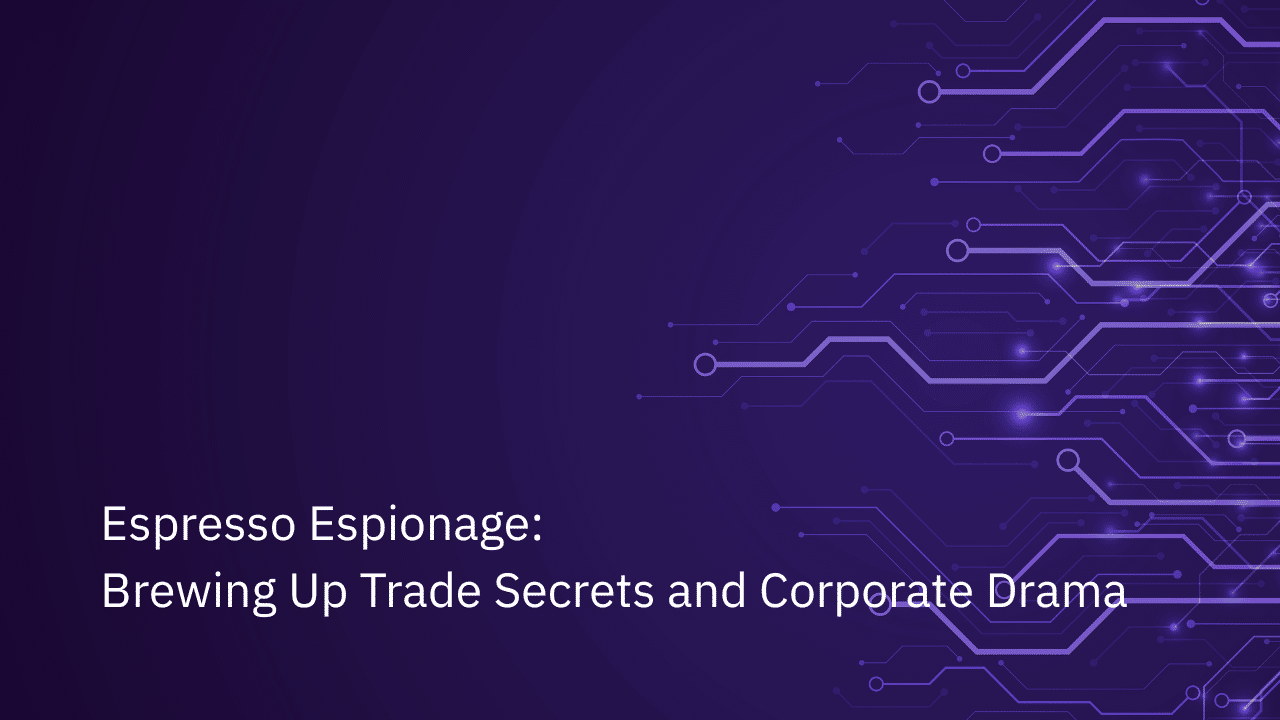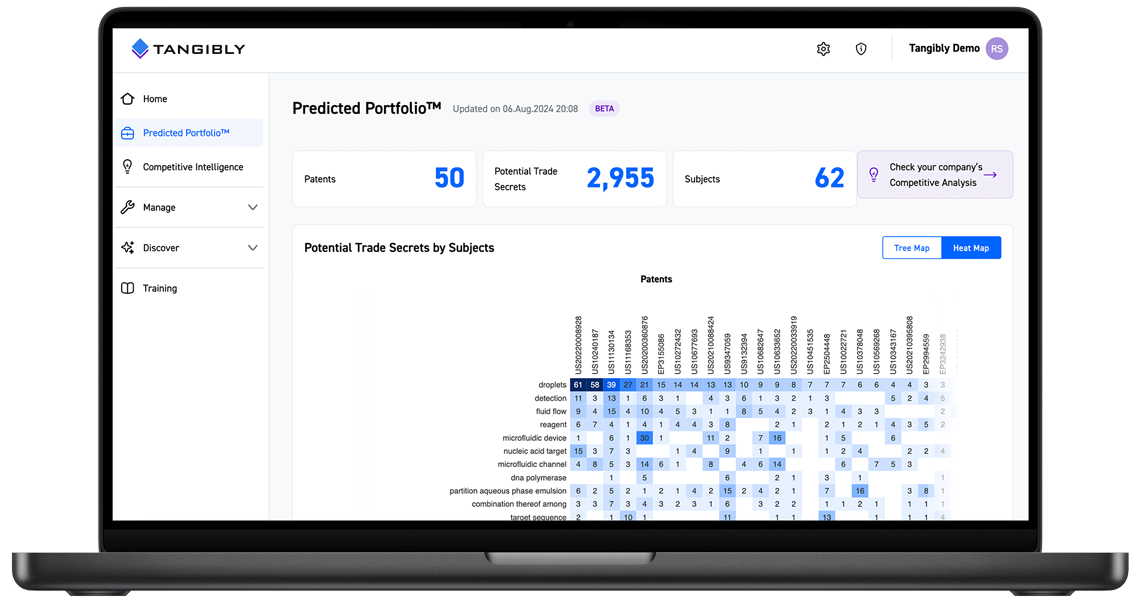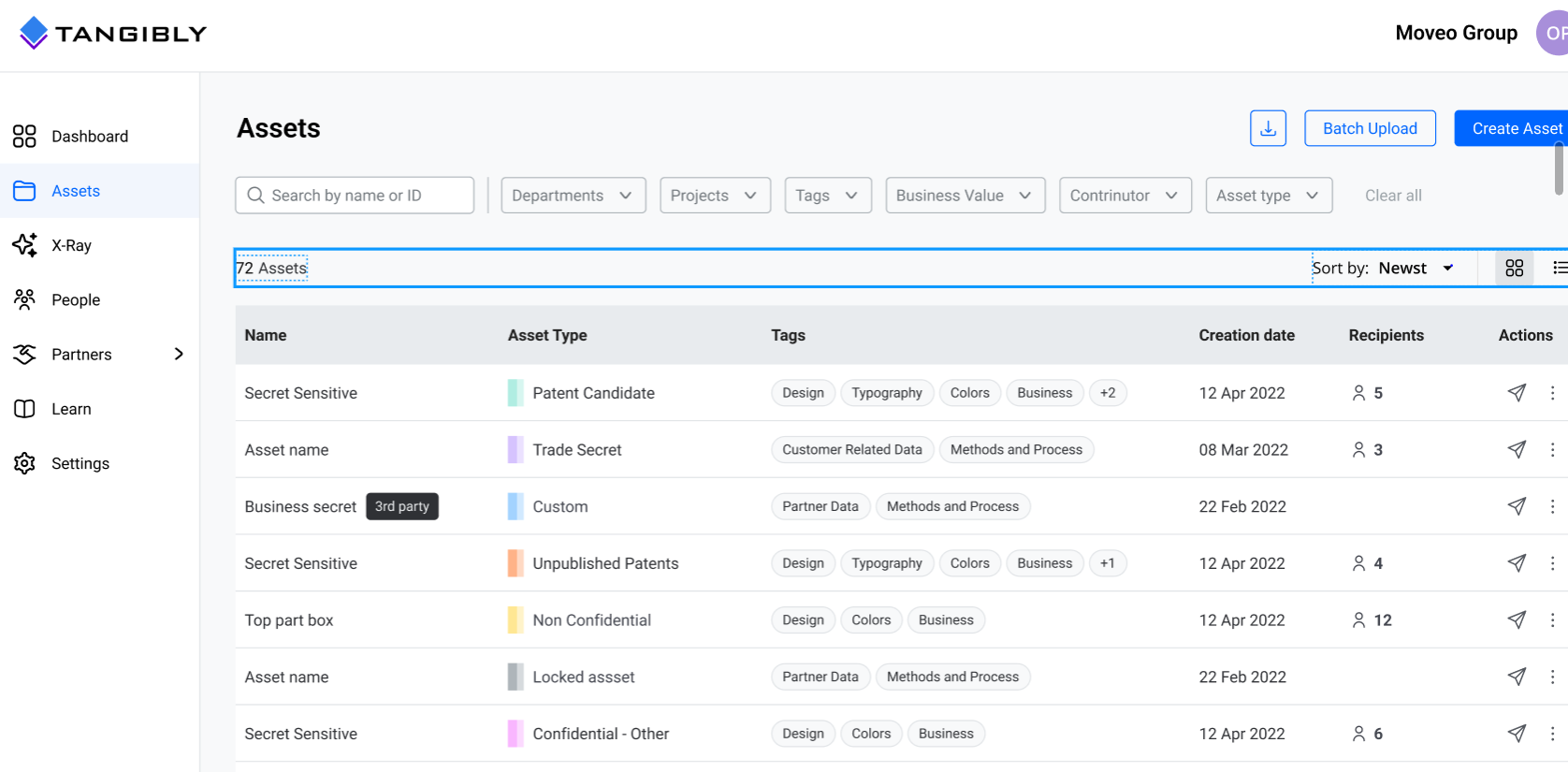When to Bring in a Patent Attorney (and How to Prepare)
Protecting your innovation isn’t a one size fits all game. Between patents, trade secrets, copyrights, and trademarks, deciding when to involve a patent attorney can feel overwhelming. Yet timing your legal support correctly and coming prepared can mean the difference between secured intellectual property (IP) and unprotected know-how. In this post, we’ll cover:
- Key signals you need patent counsel
- Trade secret versus patent considerations
- How to prepare for your first attorney meeting
- Leveraging Tangibly to streamline IP prep
Key Signals You Need Patent Counsel
Knowing when to involve a patent attorney saves time, money, and risk exposure. Watch for these red flags:
You’ve reached prototyping or pilot stage
If you have a working model or live proof of concept, it’s time to assess patentability before public demos or beta launches.
You’re raising capital or preparing a funding pitch
Investors expect a solid IP strategy. A patent attorney can identify protectable inventions and spot freedom to operate concerns.
You foresee competitor replication
When rivals could copy your process or device, patents create enforceable barriers.
Your invention spans multiple technologies
Complex, cross disciplinary innovations often have hidden patentable features an expert can uncover.
You’re entering new markets
International patent filings require early planning. An attorney helps craft global patent strategy and avoid costly regional missteps.
Trade Secret versus Patent Considerations
Not every innovation belongs in a patent application. Trade secret protection — managed through internal governance — often makes sense when:
- Confidentiality is sustainable with clear access controls and audit trails.
- Patent costs outweigh benefits for long term budgets.
- You need indefinite protection beyond the standard 20 year patent term.
However, trade secrets lose protection once exposed. A patent attorney will help you weigh:
| Protection Type | Duration | Disclosure Required | Enforcement Mechanism |
| 特許 | Up to 20 years | Yes, public disclosure | Infringement litigation in patent courts |
| 営業秘密 | Unlimited if maintained | No | Misappropriation suits and contract claims |
Export to Sheets
Use trade secrets for algorithms, processes, or internal data systems. Bring in a patent attorney when you identify novel, patentable elements worth public protection.
How to Prepare for Your First Attorney Meeting
A productive session with your patent attorney starts long before the conference room. Here’s how to get the most out of your first appointment:
Document Your Innovation
- Technical descriptions such as flowcharts and diagrams of your invention’s components and operation.
- Development history including dates, prototypes, lab notebook entries, and version changes to establish conception timelines.
Map Out Confidential Assets
- Inventory trade secrets with Tangibly’s audit tools to know what must stay confidential and what might be patentable.
- Record governance processes like nondisclosure agreements, employee training records, and access logs to demonstrate good faith in maintaining secrecy.
Define Your Business Goals
- Market plans detailing go to market timeline, target sectors, and anticipated product launches.
- Funding horizons with fundraising milestones so your attorney can align IP filings with investor expectations.
Prepare Your Questions
- Ask about provisional versus non provisional filings, PCT phases, and long term maintenance budgets.
- Discuss claim drafting strategies for broad yet defensible coverage.
- Understand enforcement avenues including expected office backlogs and post grant challenges.
Leveraging Tangibly to Streamline IP Preparation
Tangibly’s platform was built to complement your patent strategy. Here’s how Tangibly can turbocharge your prep:
- Automated trade secret audits identify hidden know how so you know exactly what to keep confidential and what to patent.
- Governance templates for NDA and IP policy documents show counsel you have solid internal controls.
- Cross referencing trade secret inventories against existing patents spots gaps or overlaps before filing.
- Collaboration workspace lets you share annotated disclosures, lab notebooks, and workflow diagrams securely with your attorney.
By front loading your IP data in Tangibly, you’ll shave weeks off attorney prep time and focus your legal spend on drafting high value claims rather than chasing missing details.
結論
Bringing in a patent attorney at the right moment — and arriving fully prepared — turns IP from a compliance checkbox into a strategic asset. Use this guide to spot the signals, weigh trade secret versus patent protection, and streamline your attorney kickoff with Tangibly at your side.
Ready to lock down your innovation? Book a demo to see how Tangibly’s trade secret management and IP insights platform integrates seamlessly with your patent counsel process.










